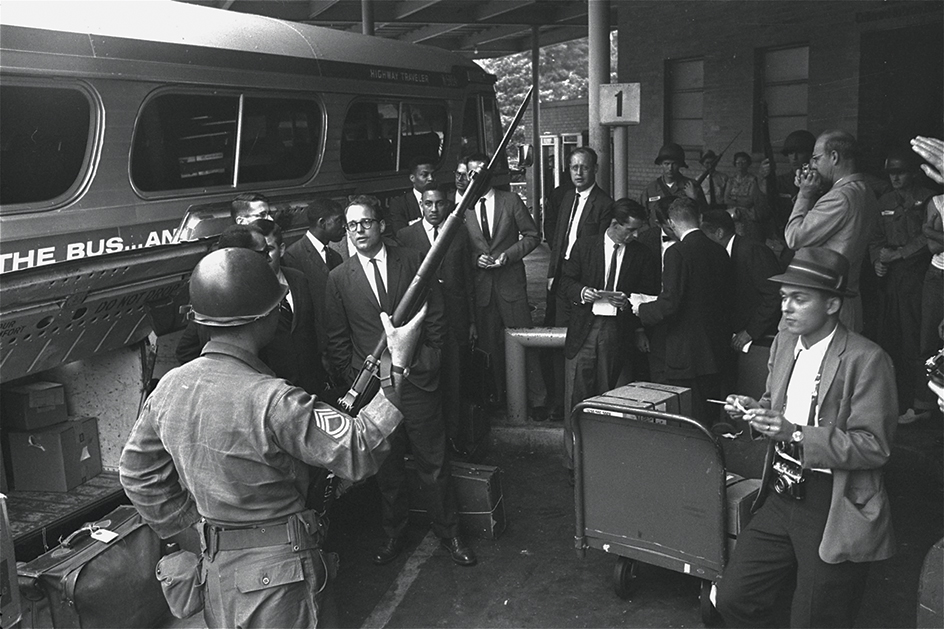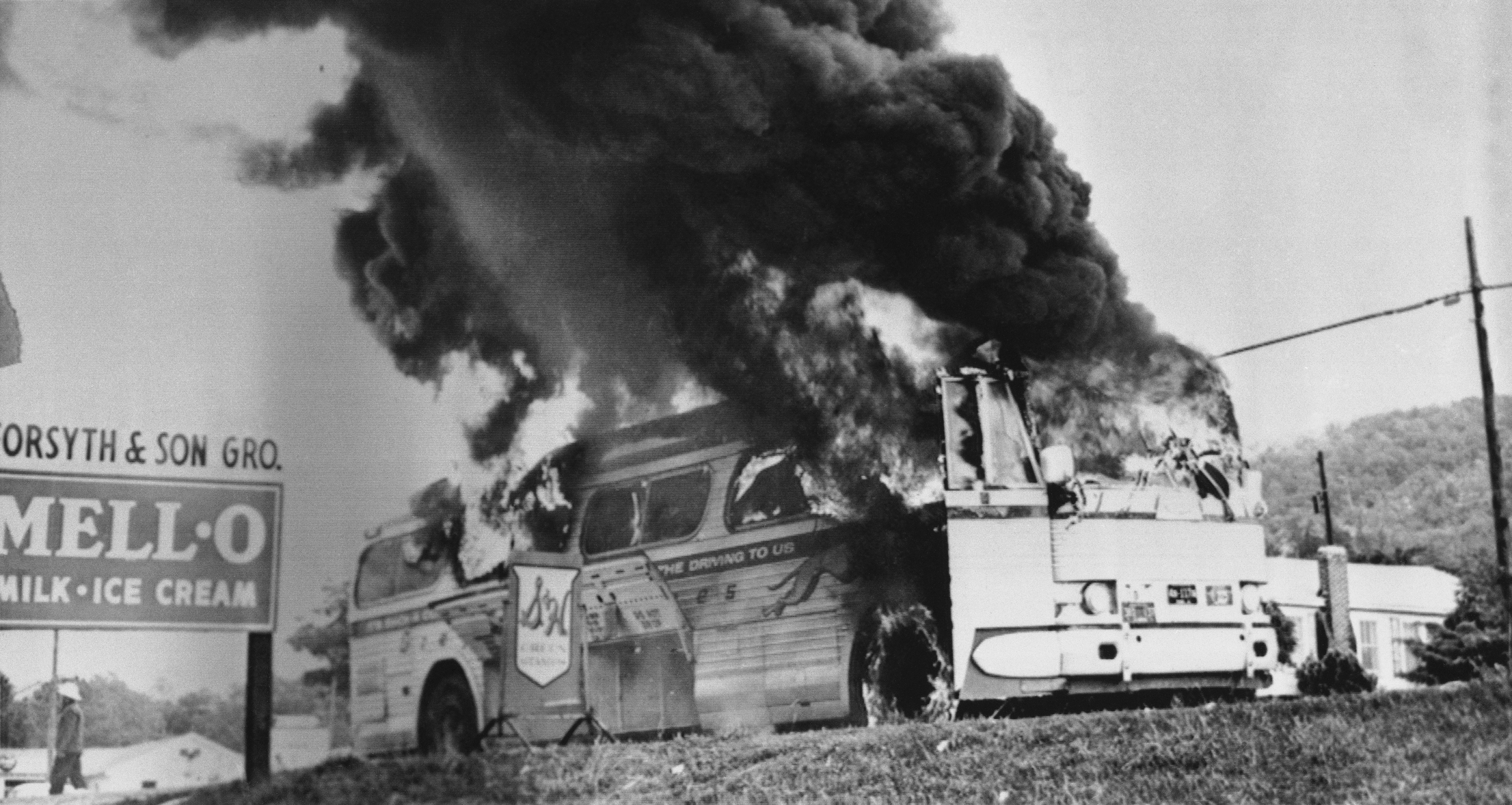Freedom riders were civil rights supporters who protested the continued segregation of buses and bus terminals in the Southern United States. On segregated buses, African Americans were banned from sitting in certain seats reserved for white people only. Segregated terminals had separate facilities for white people and Black people. In 1946, the Supreme Court of the United States had ruled that it was unconstitutional for public buses that crossed state lines to be segregated. In 1960, it made a similar ruling about bus terminals. The freedom rides took place in 1961. At that time, most Southern States still had laws segregating their buses and bus terminals.

On May 4, 1961, the Congress of Racial Equality (CORE), a civil rights group, organized the freedom rides. The rides were meant to draw attention to the places where buses and terminals were still segregated. Volunteers of different races participated in the rides. They included many college students and members of the clergy. They traveled on buses from Northern cities and Washington, D.C., to places in the South. African American and white freedom riders sat together in all parts of the buses. At bus terminals, they ignored the signs that separated “white only” areas from those for “colored,” or African American, patrons.

At first, state and local authorities ignored the freedom riders. But as the riders traveled into Alabama and other states of the Deep South, they met with resistance. Angry mobs of segregationists—people who supported segregation—threw rocks at some buses. When the freedom riders got off the buses, many of them were injured in conflicts with crowds or the authorities. Hundreds were jailed. In May, a bus bound for New Orleans was attacked and burned in Anniston, Alabama. On May 20, U.S. Attorney General Robert F. Kennedy sent federal marshals to Alabama. He ordered them to keep the peace and make sure that the freedom riders could travel in safety. By 1962, segregation had ended in nearly all buses and bus terminals in the United States.
